In the rugged terrain of the Loess Plateau in Shaanxi province, northwestern China, a remarkable transformation is taking place in Suide county.
"This region used to be severely affected by soil erosion, but after years of scientific management the amount of sediment from here that ends up in the Yellow River has been substantially reduced," said Gao Jianjian, who heads the ecological engineering department at the soil and water conservation bureau of the Yellow River in Suide.
Xu Naimin, former chief engineer of the Suide Soil and Water Conservation Scientific Experimental Station of the Yellow River Water Conservancy Commission, recalled that in 1952, when he arrived here, all he could see was yellow sand, no vegetation and a tough task ahead of trying to control soil erosion.
In 1953, Suide established the Xindiangou experimental site, now called Xindiangou Water and Soil Conservation Demonstration Park, among others to study ways to combat soil erosion in the loess hills and ravines.
Xindiangou ravine was once plagued by soil erosion and was a major source of coarse sediment flowing into the Yellow River.
Through over 70 years of exploration, a "three lines of defense" integrated management model tailored to the local topographical features of loess hills and ravines has been formulated in Suide.
The first line of defense focuses on constructing terraced fields on the ridges and upper regions of loess hills where the slopes are relatively gentle. Trees and a rotation of grass and crops are planted on the terraced fields to modify the terrain, prevent soil erosion and enhance soil quality.
The second line emphasizes the cultivation of shrubs along with grass on steep ravine slopes to stabilize hillsides and prevent erosion.
The third line involves the construction of warp-land dams, or silt dams, at the bottom of ravines for further flood control, sediment trapping and farming. The warp-land dams are constructed to trap silt, and the silted land on the dam can be used for agricultural use.
The system combats soil erosion from the very tops of the hills to the bottom of the ravines. With these three lines of defense, when rain strikes, the vegetation on the slopes of varying gradients creates a security barrier, setting up layers of defense to prevent rain from easily carrying away sediment.
The rich sediment intercepted by warp-land dams is then used to plant various cash crops.
In the early 1950s, research was also carried out in Xindiangou on the cultivation of forests that could enrich the soil and conserve water as well as be economically profitable.
Fruit trees of over 170 grape varieties and more than 20 apple varieties along with locust trees were introduced from abroad for experimental plantation on the loess mountains. The first mountainous orchard in northern Shaanxi established in Xindiangou is now a pillar industry for regional economic development after years of experimental plantation.
Xindiangou currently boasts over 100 species of woody plants, more than 30 types of grasses, with a vegetation coverage of over 75 percent, achieving a remarkable sediment trapping rate of 98 percent, according to the local government.
This system has raised the soil conservation rate to 80.08 percent. The lush greenery has become an invaluable asset, said Gao.
This model has been widely promoted and applied across provincial-level regions, including the rest of Shaanxi, Shanxi provinces and the Inner Mongolia autonomous region, yielding significant results.










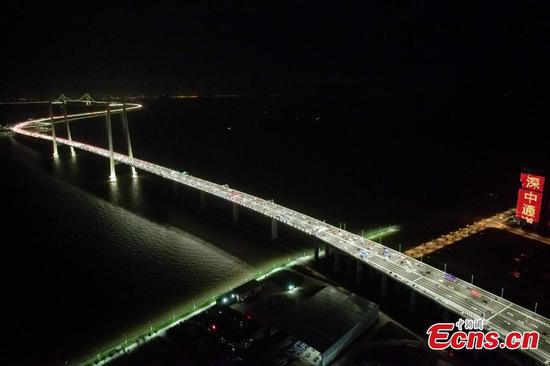
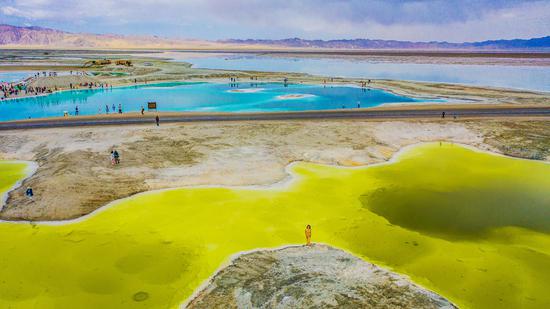
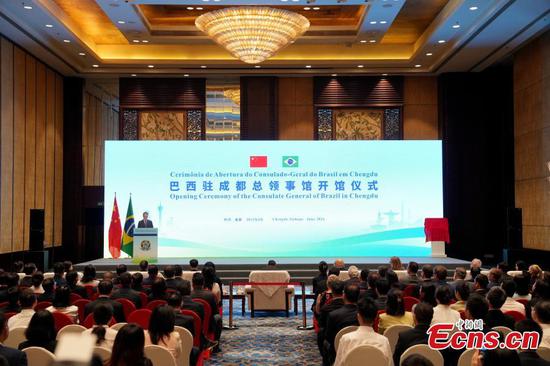



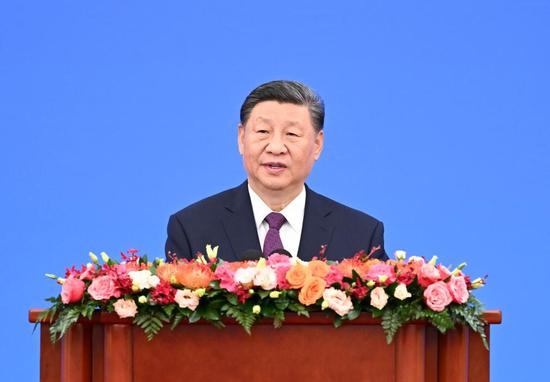
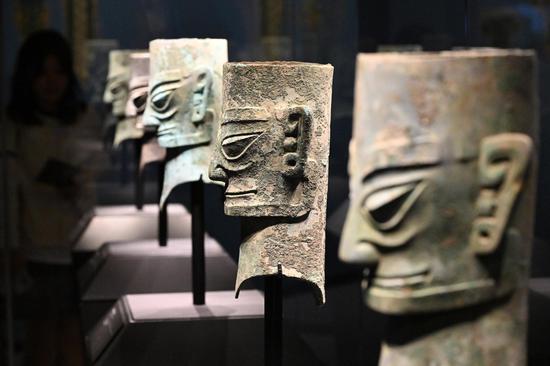
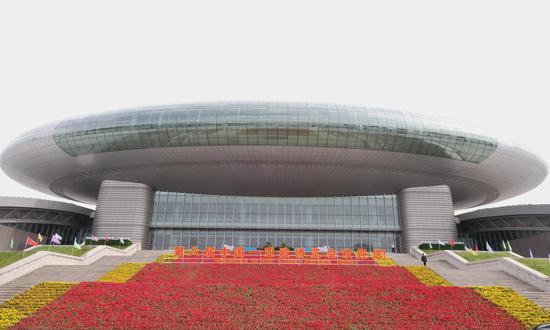
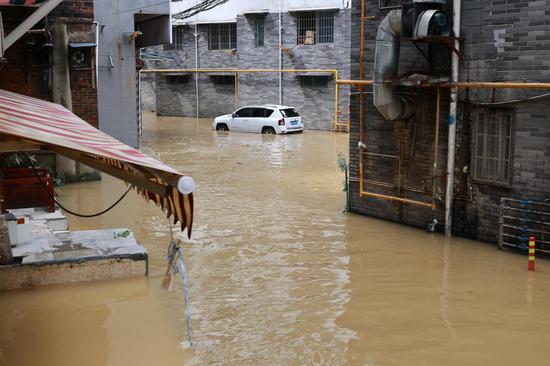




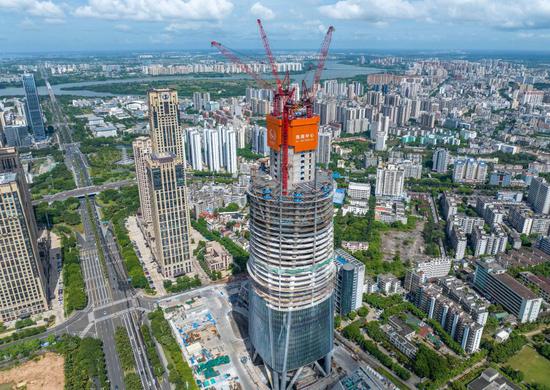


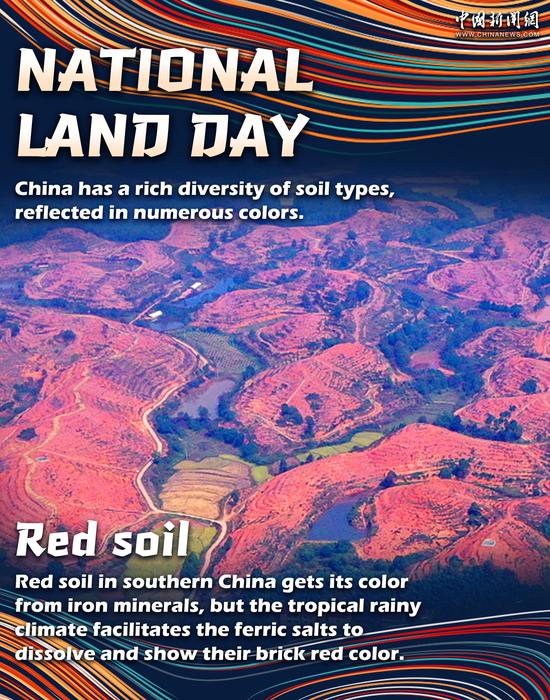





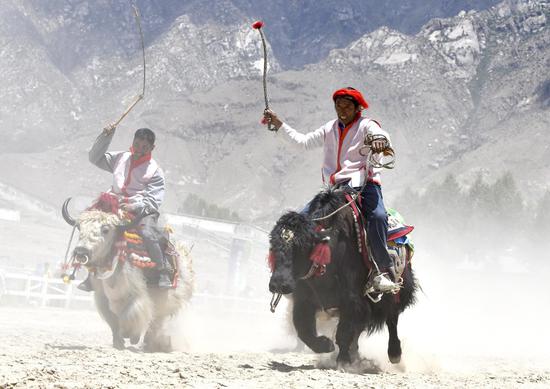
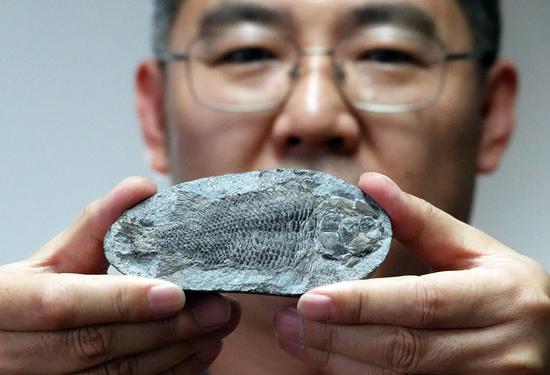




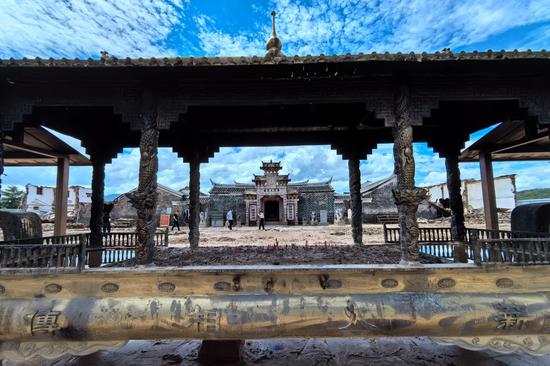

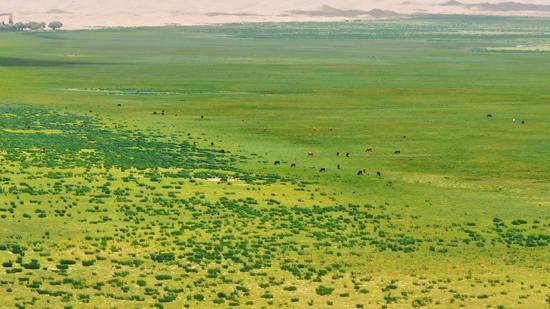
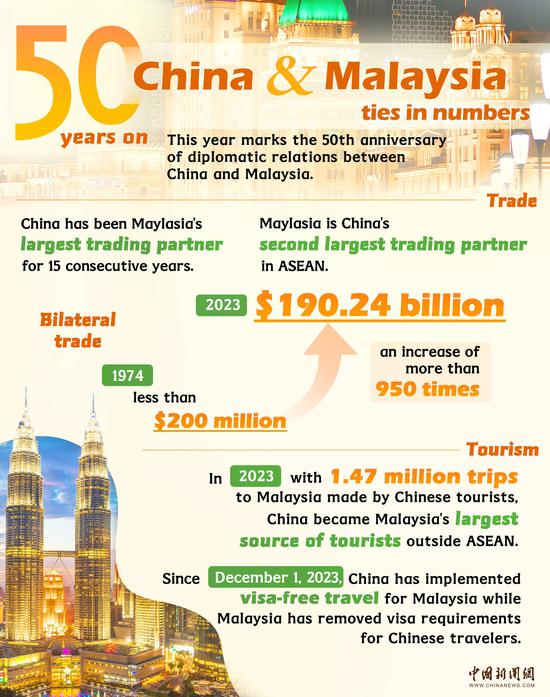

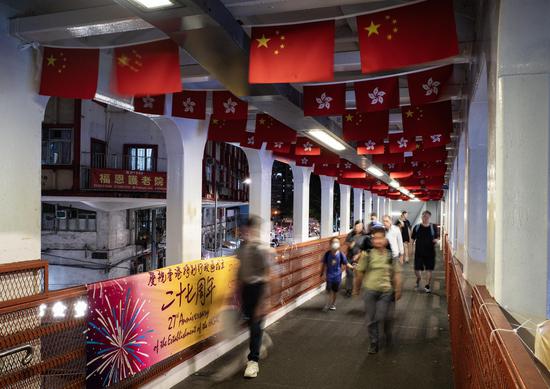



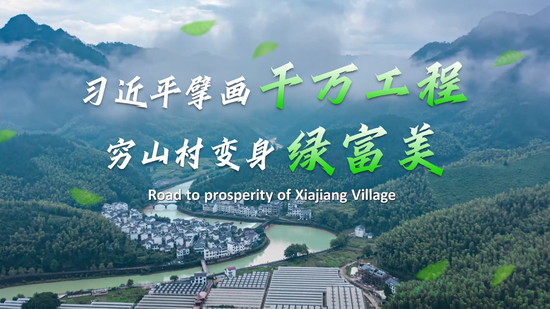

 Kinh công võng an bị 11010202009201 hào
Kinh công võng an bị 11010202009201 hào